Exploring the Anthropology Museum of Silliman University
My short vacation to Negros Island would not be complete without a visit to one of their musuems. As a lover of culture and history, visiting a musuems and historical places allows me to feel connected with the locals.
The Silliman University
Before I share to you about the things I learned during my visit at the museum, let me share some things with you on what I learned about Silliman University.
Silliman University was founded in the early 1900s. It is currently located in the heart of Dumaguete City, Negros Oriental. It is one of the most celebrated universities in the Philippines clamoring bar and board topnotchers and academic excellence. In 2016 bar exam, three of the bar topnotchers if from Silliman.

lifesize statue of David Suttherland Hibbard
History of Silliman University
In 1900s, it was established by David Suttherland Hibbard with his wife. He has been the first president of the university. It started with less than 20 students who had been equipped then with basic education by this institution.
It has contributed to history textbooks as it was able to leave a mark especially during the World War II and Martial Law. During the Second World War, the faculty had been operating in different areas, thus creating the *jungle university as their were classes conducted in the mountain of Manabo.During the Martial Law, it was one of the schools that was shut by the administration. There were secret meetings conducted in the basement of the university chapel.
Let us explore Silliman University more!
`The lush and verdant grasses near the university chapel made it more sophisticated. The university has a lot of old trees as well.
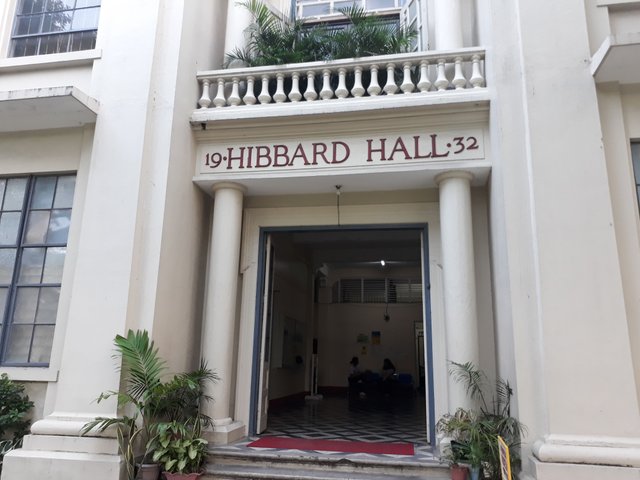
This is the Hibbard Hall where the musuem is located.

This is the University library with a giant toblerone.
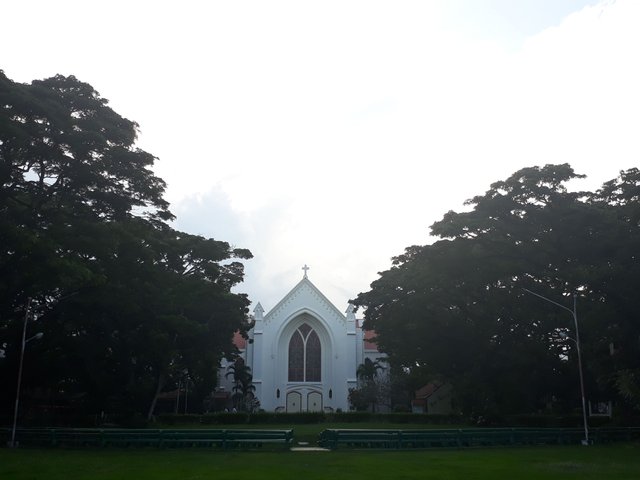
This chapel is one of the famous landmark in the university. Basically, it is situated at the center.

The soccer field at that day was filled with players preparing their games for the university games hosted by Silliman University.
The Anthropology Museum
Museum Visitors' Fee Rate
-General Admission 50Php and 100Php during holidays
-Senior Citizen 40Php and 80Php during holidays
- Students with valud ID enrolled in the Philippines 20Php and 40Php during holidays
- Children below 15 years old 20Php only even during holidays
The Anthropology Museun occupies the second floor of the building where it is situated. Near the entrance, archeological artifacts can be discovered. It includes the burial jar that was discovered by the Silliman Archeolpgical team in 1972. It contained human bones, glassbeads, and iron implements.
There are also round-bottomed pots made with clay of numerous quartz, hornblende, mica, occasional calciun carbonage and hematite particles. Angular-body type pots, Ring-footed dish, Open-bottomed vessels can be found too.
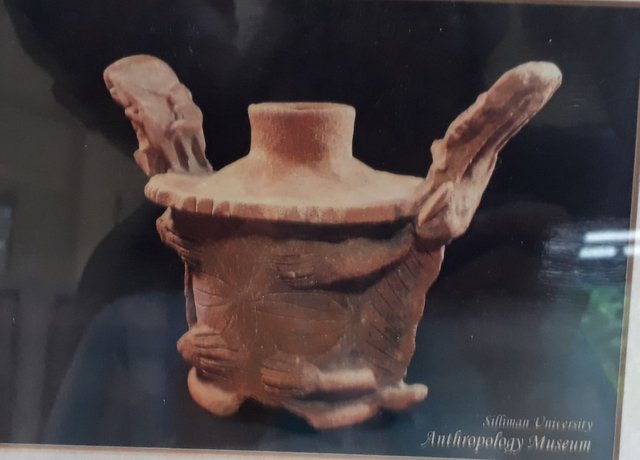
Zoomorphic Type Vessel found at Bacong, Negros Oriental. It is believed to be used as a ceremonial smoke director.
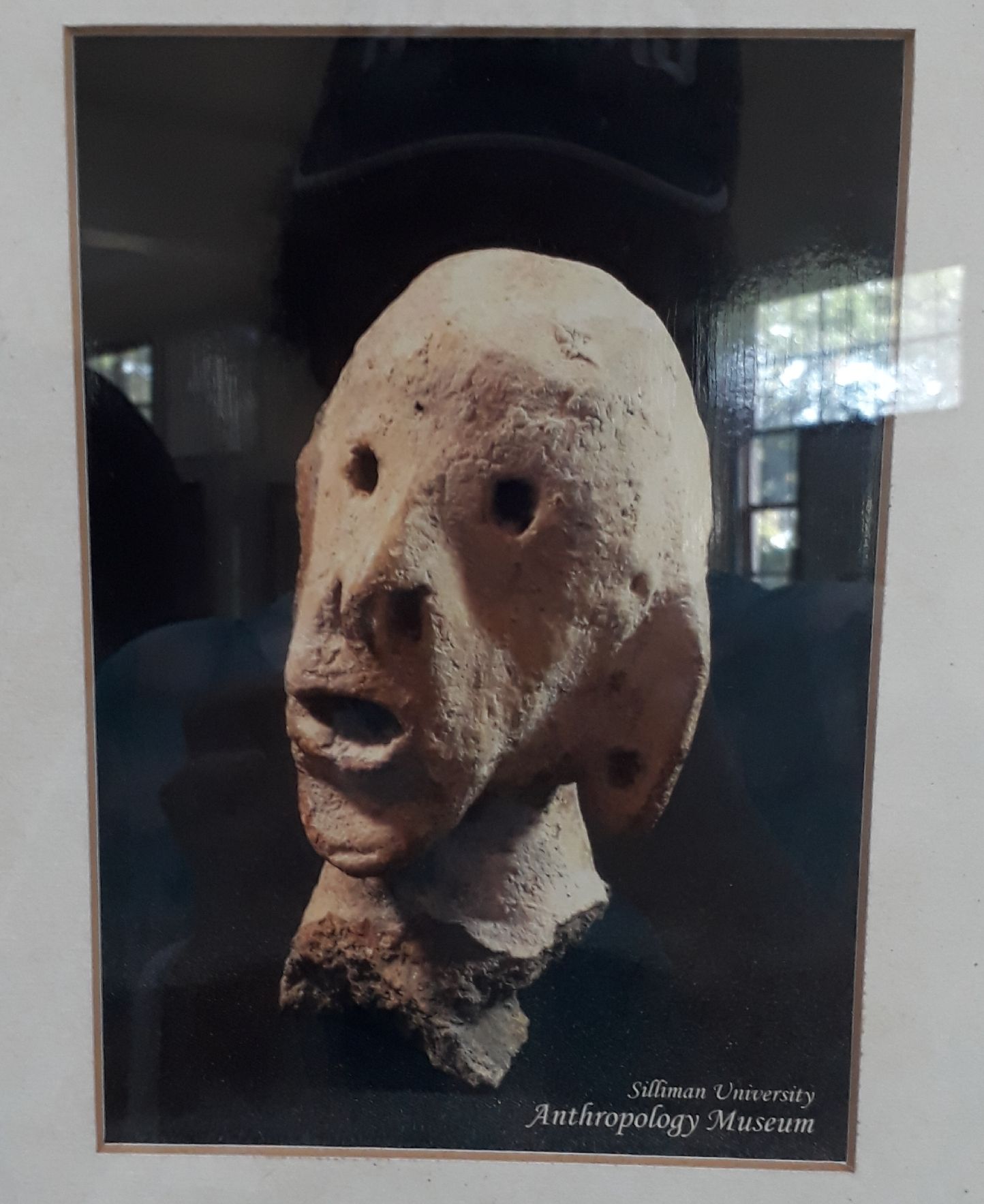
Anthropomorphic Figure found at Lebak, Sultan Kudarat which is made up of Clay.
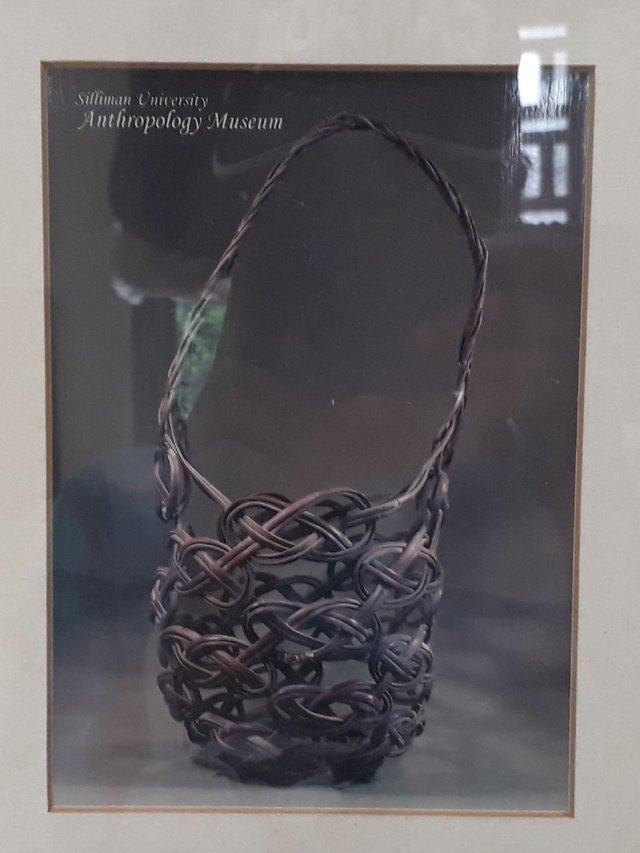
This basket is made up of woven rattan for hanging food or for protection of jars.
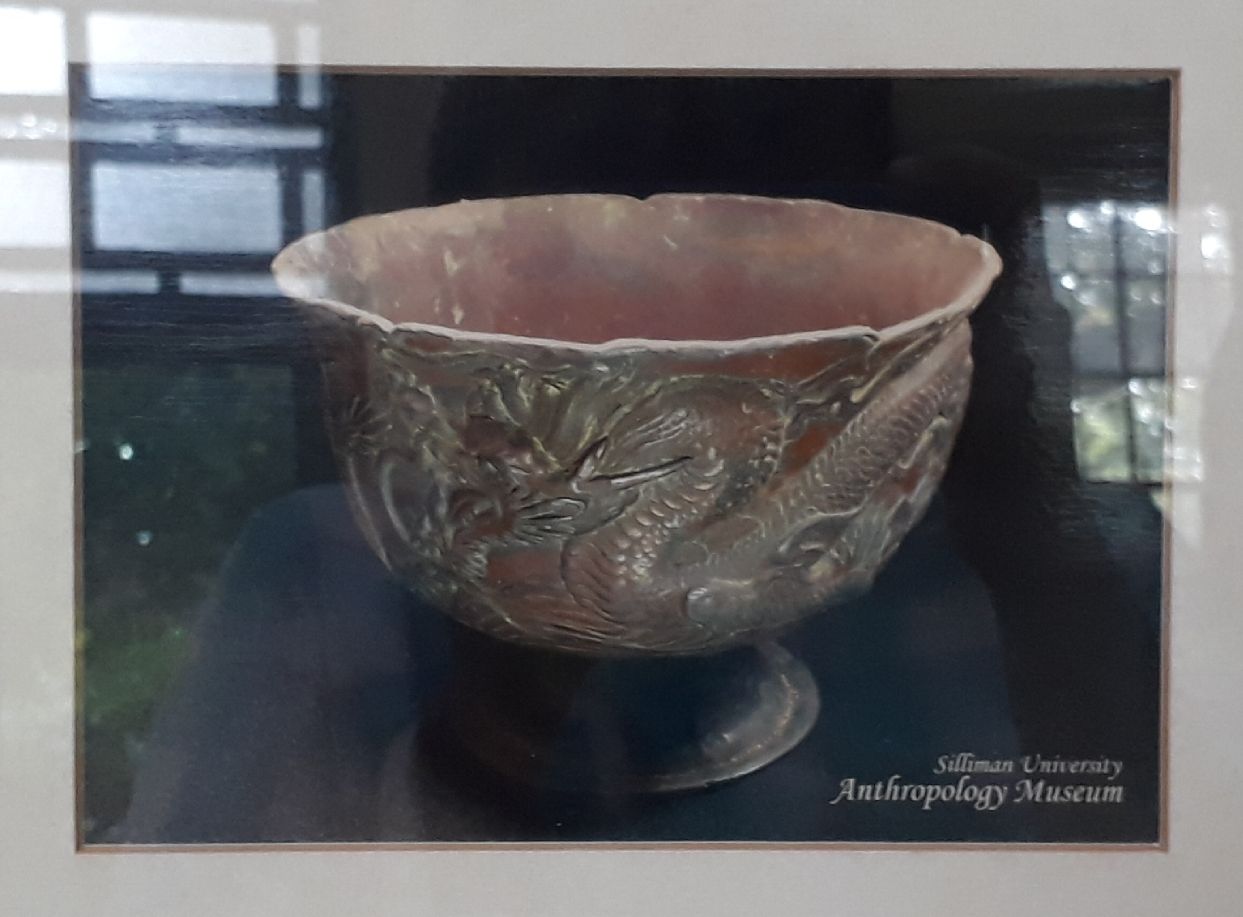
This Chinese vase from Negros is made up of brass. This is one of the evidences that traders in China were able to reach Negros.
Lumabat and Mebuyan
Beside the porcelains that were from China, a painting of Lumabat and Mebuyan can be found.
They had been known as supernatural beings. According to the inscriptions found beside the painting, Mebuyan is the Bagobo goddess of fertility. She is sometimes portrayed as the goddess of the underworld. When Mebuyan gets mad, she will shake the lemon tree intensely. When the ripe fruit falls to the ground, an old person will die. When a young fruit falls, a young person dies. Meanwhile, Lumabat is the god warrior from the sky. He is the brother of Mebuyan. Sometimes in stories,he is portrayed as the husband of Mebuyan. Lumabat has no intestine and therefore experience no hunger pangs.
Different Maps of the Philippines
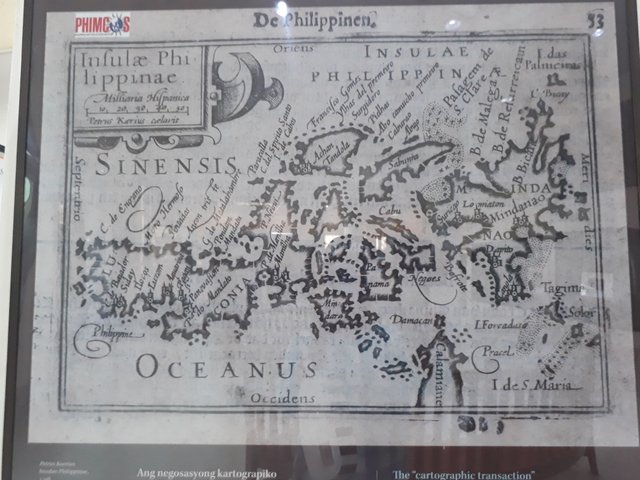
By: Petrus Kaerius
Insulae Philippinae, 1st Map of the Philippines that was published
1598
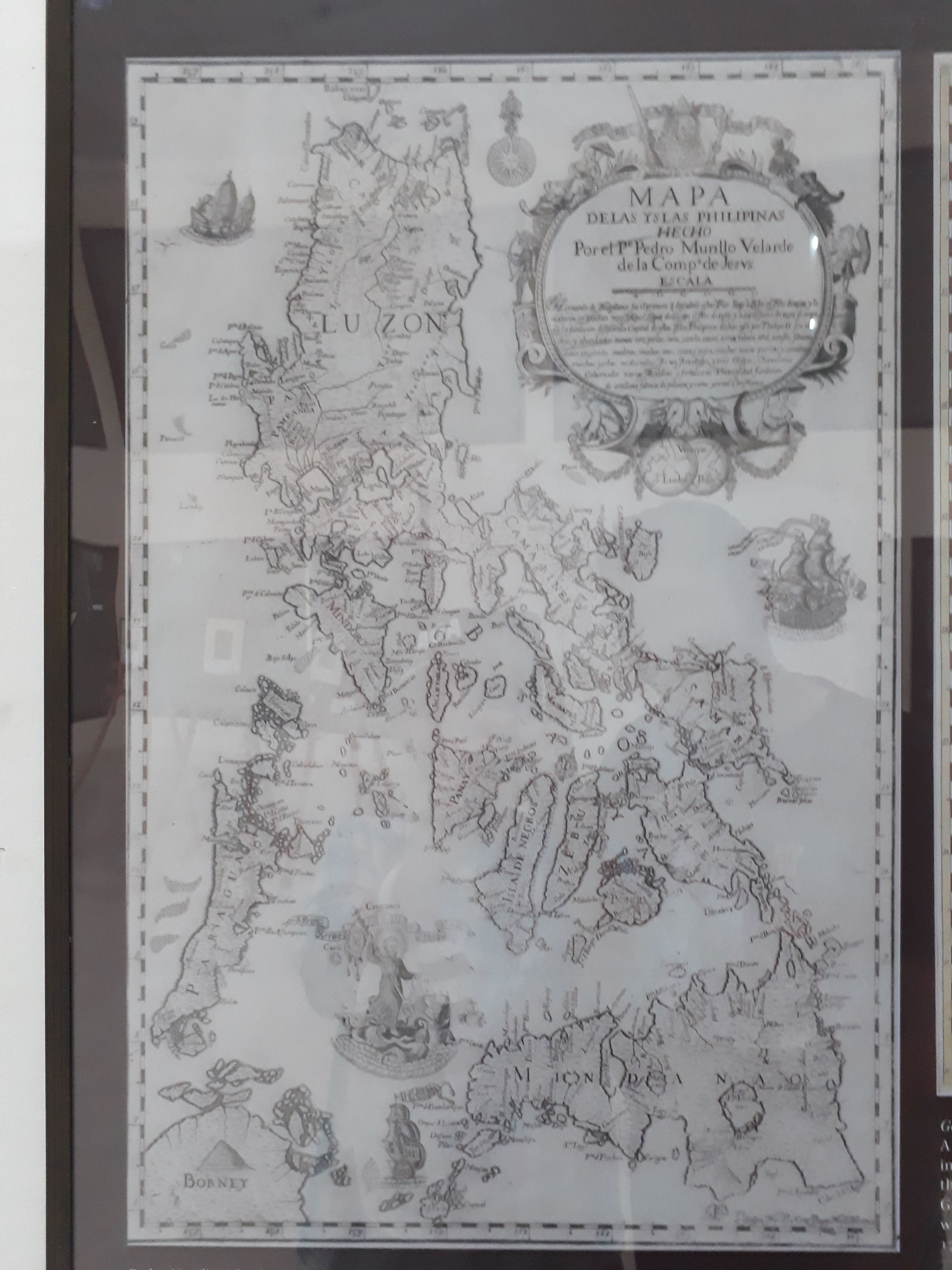
By: Pedro Murillo Velarde, SJ
1744
Mapa de las Yslas Philipinas
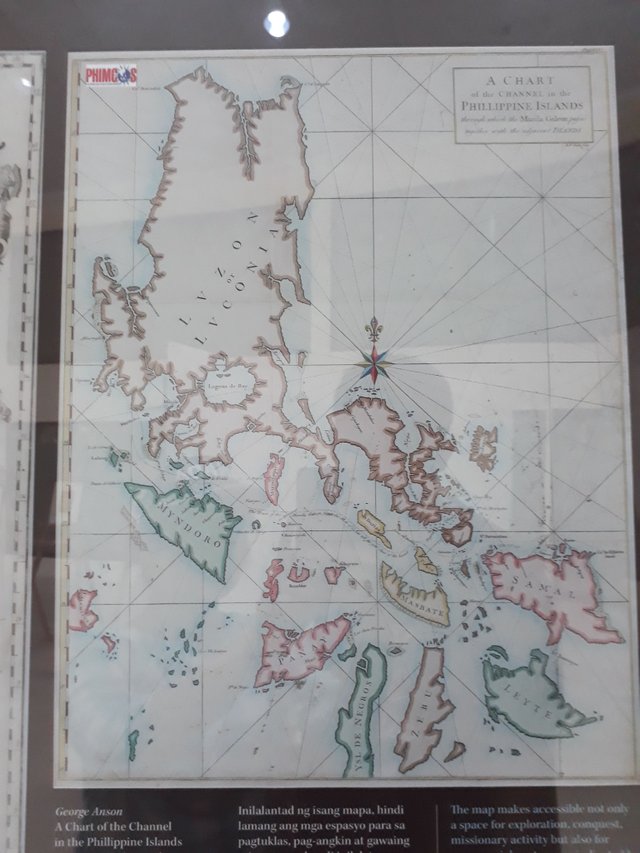
George Anson
1749 London
A chart of the Chanel in the Philippine Islands through which Manila Galeon passed together with the adjacent islands.
There was also a ceremonial sword display. It is a 10.5 feet made up of copper and brass elaborately done in okir design with American silver coins. Included in the display were stuff owned by Sultan Omar Kiram
Kris was also displayed which is a warrior sword with okir desigb done through lost
Wax method fir its handle while the copper scabbard is intricately embossed with the same design.
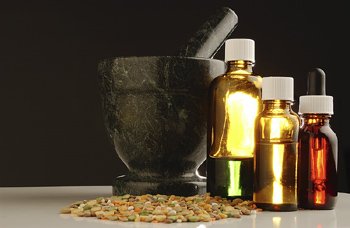
Image Source: https://articles.mercola.com/sites/articles/archive/2008/02/09/some-folk-medicines-contain-lead.aspx
Visayan Folk Medicine
The most exciting part of the musuem were information displayed about various plants that had been used by the people in Visayas especially Siquijor to cure diseases and alleviate pains. Although not accepted by modern medicine, some people patronize folk healing practices.
These are the folk medicine and superstitious beliefs that had still been practiced. Buyag for one has been one of the practices that has been used to cause diseases to a person. Usually, when someone compliments you (especially those who reside in Visayas and Mindanao), they would say the word buyag to avoid getting weird red spots on some or even on all parts of the body.
Barang is another superstitious belief, but some views this as real. When a person feels ill towards someone, the person could use a doll, put an object owned by a person, and then cause diseases to the other person or even death. It was even rumored that people who perform such rituals are paid by those who have ill intentions to someone else.
Haplit
It is a form of sorcery that uses imitative magic in the form of miniature doll to represent the intended victim. The doll and small coffin displayed were once used by a sorcerer from Siquijir and were confiscated by the police.
Ingredients for haplit: fine sand, candle drippings, materials from the cemetery and poisonous plants mixed together
Love potion
It is also known as gayuma (Tagalog) and Lumay (Bisaya). It contains coconut oil, perfume, and three different prayers in latin. It is said that few drops are placed secretly on the object of ones affection to win his or her heart.
Panagang
Meanwhile, to counter potions and spell, Panagang has been used. It is a heart shaped amulet wrapped in plastic.
A set of sampal is a type of sorcery. It has said to be used to cause severe stomachache or fever on a thief.
Sap of soro soro and pobreng kahoy. It is made up of leaves of tubil plant, Ihi sa ipo, bamboo tube or bagakay and lime or apog.
Ikog pagi or stingray tail is a whiplike tail with sharp pins is most feared if by the aswang, abat, ungo and other preternatural beings. It inflicts severe wounds to prenatural beings that are incurable.
Monkey skin or hulubanan sa amo is said ti be used to make childbirth easy and fast.
Salindugo is made up of natural products which is said to be used by some to achieve success in business. This is being sold to tourists in Siquijor as it does not inflict pain or harm to others.
Sinamak
Used for treatment of child's insomnia, convulsiin and fever
Bahay seeds
Used to treat boils on the head
Minasa
Used for treatment of loose boweo movement and dysentry.
Dugos or honey has been used to treat childs mouth and throat treatment. There had been some studies conducted approving this to be effective as the honey contains natural substances healthy for the human body.
Tandayag or dired waste matter of Magkal snake used for treatment of fever and cough.
Lana or substance made up of essential oils has been used against sorcery, heal headache, and defense against buyag.
Kabolay (bees wax) has been used to cure boils.
Salong (pine trees sap) has been used to cure headache, cough, and convulsion
Banawog is made as a protection against haunted places.
Kamangyan is used to cure headache, fever, and get rid of evil spirits.
There are a lot of items that had been displayed to cure minor illnesses. And so basically those are some of the things I learned during my short visit at the Anthropology Museum.
Source(s):
History of Silliman University - http://archive.su.edu.ph/page/10-history

Mabuhay! Your post has been upvoted and resteemed by the @bayanihan curation team.
Thank you so much! =)
@originalworks
Interesting! from what I know, yung barang is parang pangkukulam din, it's just that it uses insects which penetrates the human body instead of dolls. totoo kaya talaga ang gayuma sis? I wonder hahaha
Thank you for that information. Yes yes. They use insect to penetrate the human body. I believe this is true because there were stories about that even in other countries but i have faith in God and that He is more powerful than those stronghold sis
I've also watched a confession about this in a TV show. if this is really true, then it's really scary. But yes God is more powerful than anything else.
Indeed. My aunt was thought to have been barang but naaaah. It was cancer.